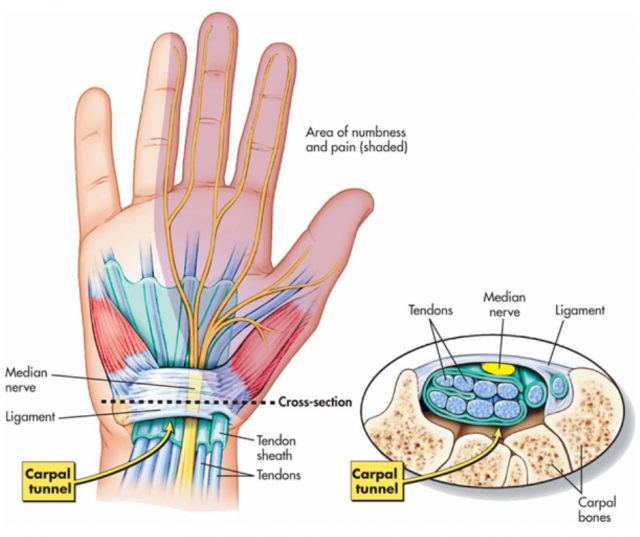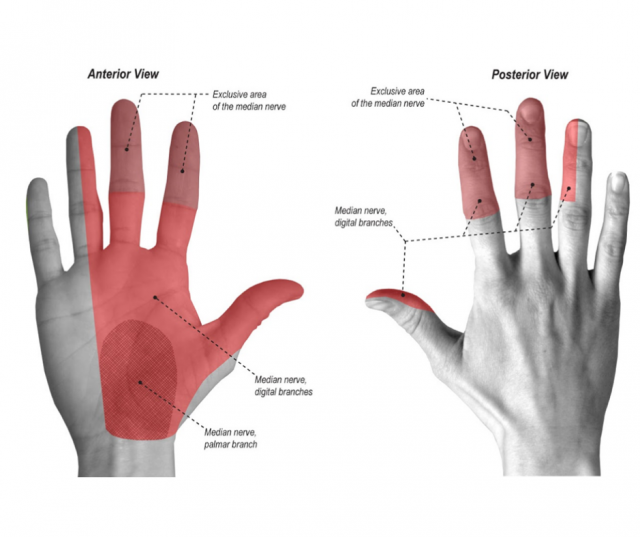References
Dec, P. and Zyluk, A., 2018. Bilateral carpal tunnel syndrome – A review. Neurologia i Neurochirurgia Polska, 52(1), pp.79-83.
Brukner, P., Clarsen Ben, Cook, J., Cools, A., Crossley, K., Hutchinson, M., McCrory, P., Bahr, R. and Khan, K., n.d. Brukner & Khan’s clinical sports medicine.
Lewis, K. J., Coppieters, M. W., Ross, L., Hughes, I., Vicenzino, B., & Schmid, A. B. (2020). Group education, night splinting and home exercises reduce conversion to surgery for carpal tunnel syndrome: a multicentre randomised trial. Journal of Physiotherapy, 66(2), 97–104. https://doi.org/10.1016/j.jphys.2020.03.007
Padua, L., Aprile, I., Caliandro, P., Carboni, T., Meloni, A., Massi, S., Mazza, O., Mondelli, M., Morini, A., Murasecco, D., Romano, M., & Tonali, P. (2001). Symptoms and neurophysiological picture of carpal tunnel syndrome in pregnancy. Clinical Neurophysiology, 112(10), 1946–1951. https://doi.org/10.1016/s1388-2457(01)00637-x
Smith, D. (2012). American Academy of Orthopaedic Surgeons Clinical Practice Guideline on: The Treatment of Carpal Tunnel Syndrome. Yearbook of Plastic and Aesthetic Surgery, 2012, 82–84. https://doi.org/10.1016/j.yprs.2010.12.020
Atroshi, I. (1999). Prevalence of Carpal Tunnel Syndrome in a General Population. JAMA, 282(2), 153. https://doi.org/10.1001/jama.282.2.153
Pourmemari, M. H., Heliövaara, M., Viikari-Juntura, E., & Shiri, R. (2018). Carpal tunnel release: Lifetime prevalence, annual incidence, and risk factors. Muscle & Nerve, 58(4), 497–502. https://doi.org/10.1002/mus.26145
Page, M. J., O’Connor, D., Pitt, V., & Massy-Westropp, N. (2012). Exercise and mobilisation interventions for carpal tunnel syndrome. Cochrane Database of Systematic Reviews. Published. https://doi.org/10.1002/14651858.cd009899
Peters, S., Page, M. J., Coppieters, M. W., Ross, M., & Johnston, V. (2016). Rehabilitation following carpal tunnel release. Cochrane Database of Systematic Reviews. Published. https://doi.org/10.1002/14651858.cd004158.pub3






